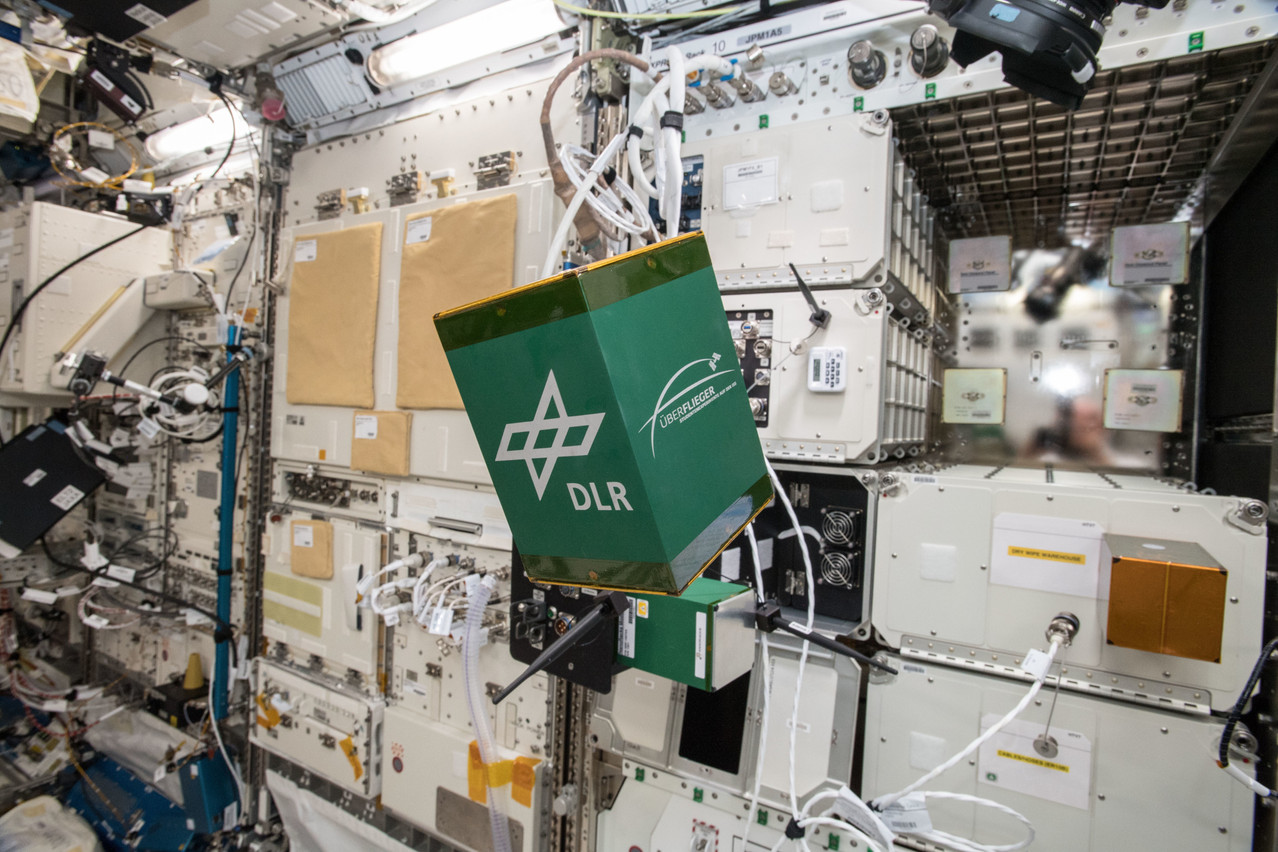The German Luxembourg space agencies have expanded the reach of the space research contest to include students from the grand duchy, following a first edition that was limited to German universities.
The selected experiments, which should use the special environment of the ISS--such as weightlessness or space radiation--will be launched to the space station towards the end of next year or early 2023. Prior to the launch, the teams will refine their experiments over a period of twelve to fifteen months.
The young researchers will be given full ownership of the process including the design, production and testing of the experiments. Following a first selection of 12 projects (eight from Germany and four from Luxembourg), the best four proposals (three from Germany and one from Luxembourg) will fly to the ISS.
"Implementing a real space project in such a short period of time is a very intense, challenging experience for the participants," said Johannes Weppler, project manager of the competition at the German Aerospace Center (DLR). "It allows them to gain unique practical experience already during their studies."
General conditions for participation include compulsory enrolment in a Luxembourg or German university (also open to PhD candidates) and a team of at least four individuals. The experiment set-up must also fit into a box measuring 10x10x20 centimetres and not require any intervention from the astronauts on board.
"Building up expertise and encouraging the next generation in the space industry is key to the development of this sector, in Luxembourg but also at the international level," said Bob Lamboray, project manager of at the Luxembourg Space Agency. "This makes it all the more important for us to raise awareness on the entrepreneurial and scientific potential of space. Therefore, we are very pleased to make it possible for the students from Luxembourg to participate in the competition."
